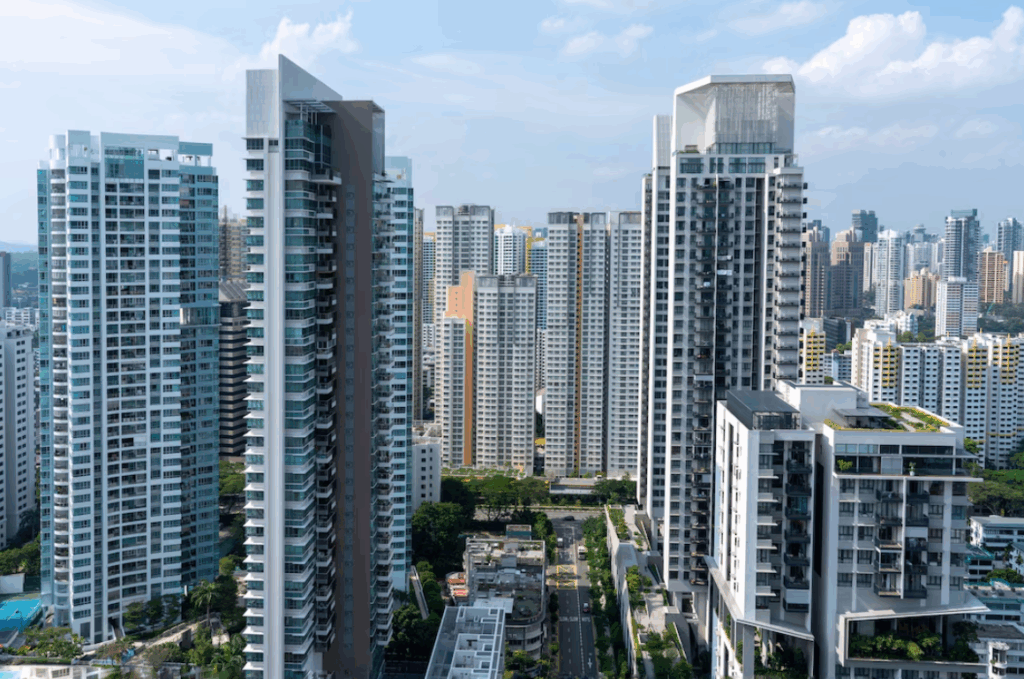A prime location is often the single greatest determinant of a property’s value and desirability, but its definition is frequently misunderstood. It is not merely a prestigious zip code or proximity to a city’s downtown core. True location value is a complex recipe of accessibility, amenities, and overall environment that resonates with a specific lifestyle. Understanding these components allows you to look beyond the listing description and assess a property’s true long-term worth.
Accessibility forms the backbone of a strong location, critically evaluated through daily commute times and transportation options. Neighborhoods with easy access to major employment hubs, either by car via uncongested highways or by efficient public transit, consistently hold their value. Walkability is an increasingly prized asset, reducing dependence on cars and enhancing quality of life. The presence of reliable and diverse transportation links directly impacts a resident’s daily convenience and, by extension, the property’s market appeal.
The surrounding amenities act as an extension of your living space, providing daily convenience and recreational opportunities. Essential services like grocery stores, pharmacies, and healthcare facilities should be within a comfortable distance to simplify everyday life. The presence of parks, green spaces, and community centers contributes significantly to the area’s character and offers venues for leisure and social interaction. A vibrant retail and dining scene not only provides entertainment but also signals a thriving, invested community.
The quality of the social and environmental fabric is a crucial, yet less quantifiable, aspect of location. The reputation and performance of local school districts are a major driver of demand for families, often trumping individual house features. The overall character of a neighborhood—whether it’s quiet and family-oriented or bustling and energetic—must align with your personal preferences. Furthermore, factors like low crime rates, clean streets, and community engagement create a sense of safety and belonging that is priceless.
Ultimately, a prime location is a deeply personal equation that balances universal conveniences with your individual stage of life and priorities. A young professional might value a dynamic urban center, while a growing family might prioritize space and schools. Your investment in a location is an investment in a daily lifestyle and a community. Therefore, the best location is one that not only promises strong value retention but also genuinely supports your well-being and happiness for years to come.

